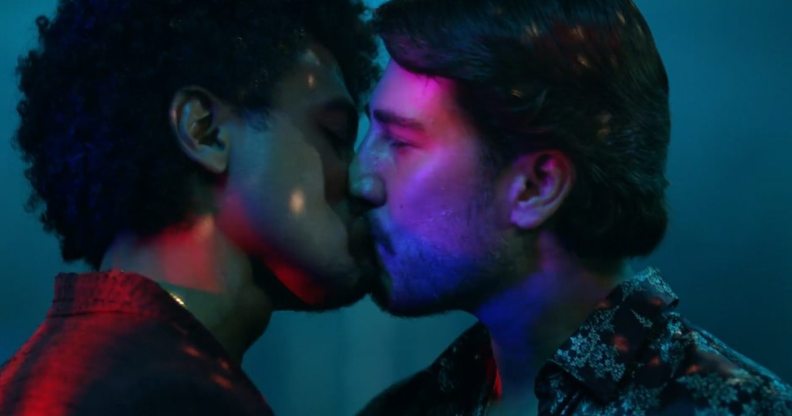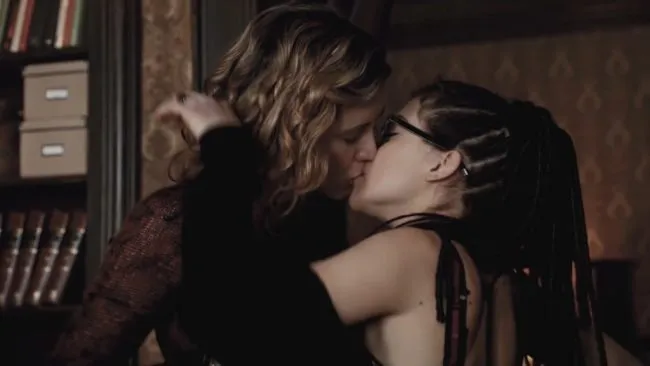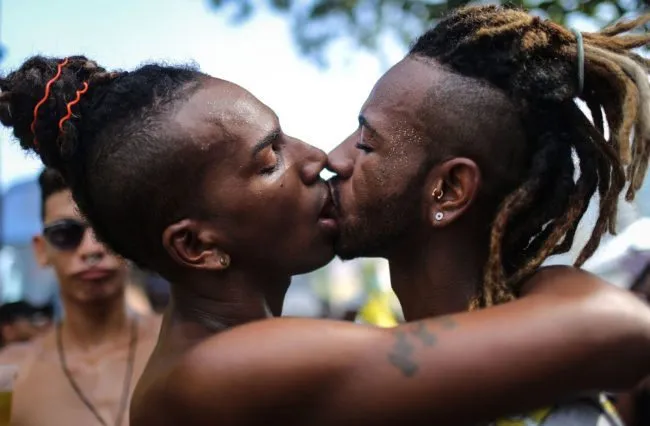There’s six types of straight people who have same-sex experiences, expert says

(Netflix/Narcos)
The rainbow of sexualities is a truly amazing thing.
As we’re beginning a journey to embrace everyone’s ways of defining themselves, there are still some terms that can surprise us.
Cue a new study, which has revealed that even the most common sexual orientation, heterosexuality, is more complicated than we think.

(Netflix/Orphan Black)
According to experts, there are tons of people who have sexual experiences with people from the same gender – but still regard themselves as straight.
And these groups can be broken down into six categories, according to a study carried out by Archives of Sexual Behaviour by Kinsey Institute research fellow Justin Lehmiller.
In the US study, a total of 14,630 students were asked to detail their last sexual experience.
And 5 percent of those 695 hookups involved a same-sex partner, reported Tonic.
Out of those reported a same-sex experience, 12 percent of men and 25 percent of women identified as heterosexual.
The first category, wanting more, was said to be the most likely to be gay or bi. They wanted more out of the sexual experience than just a one-off.

(Photo by Toorriiiiiiiiii/Twitter)
The second category is named drunk and curious. Exactly what it says on the tin, the humans who identified in this category said they were just a little bit intoxicated and wanted to see what it was about.
The third, having little enjoyment, knew that the experience could yield them *some* fun, but wouldn’t be quite what they experienced in a straight transaction.
And the fifth, show and attention, is a trope that a lot of films orientated at male teens still encourage. This is for people who are hoping that getting off with someone of the same sex might seduce another partner, or simply provide them with attention.

(Getty)
Loved it, but highly religious, also features. Those who have had same-sex experiences in this instance have dismissed them because it contradicts their faith.
Just not who I can be is perhaps the most upsetting category. Those who identify here may have repressed their desires or refuse to acknowledge them because of a certain belief system.
Whether they’ve been socialised to think that being straight is the norm or otherwise, we hope everyone’s enjoying themselves.
Now, who wants to join us to pinpoint these on the Kinsey Scale?

